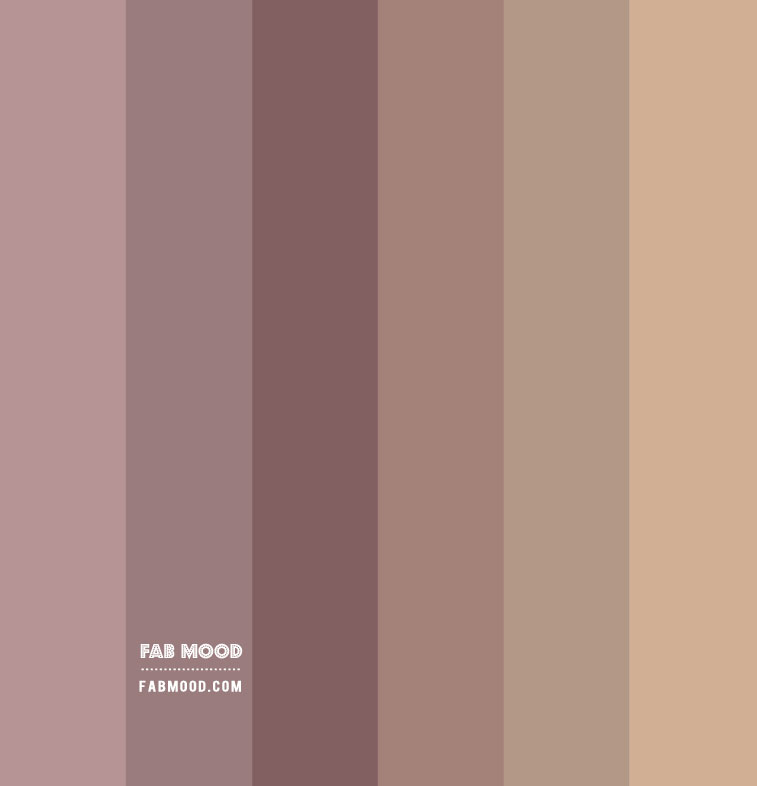
Because neutrals are included in a capsule wardrobe color palette, they are more often called “neutral colors”.Īlthough the color Navy is not a pure neutral (it is a dark shade of blue, which is on the color wheel), navy is considered to be a neutral base in a capsule wardrobe and it is an alternative to black. Whether you call them “neutrals” or “neutral colors” is up to you. By adding a hint of hue of colors to white, you get other neutrals like ivory, beige, tan, brown and camel. The most common neutrals include black, white and gray. Neutrals are defined as hues that appear to be without color, and that don’t typically appear on the color wheel. Because neutrals are not colors, but actually shades, they can mix and match with each other and they mostly always blend well together.

If you incorporate other colors in your outfits, like say for example reds, blues and greens, some color tones may not coordinate well, therefore limiting your outfit combinations. With that being said, there are many different ways you can wear neutrals and that is why neutrals are an essential part of a capsule wardrobe.

But in a technical sense, black and white are not colors, they’re shades.” And many do consider black to be a color, because you combine other pigments to create it on paper. Getting a bit scientific, according to Adobe in their article, “Understanding Black and White As Colors”, “Some consider white to be a color, because white light comprises all hues on the visible light spectrum. Wearing just black and white can be about as boring as it comes…a black pair of pants and a white shirt with black shoes, but the texture of one of the pieces or what you can add to the outfit will make it more interesting! When you think of neutrals, do you think of black and white? Some also may say “beige is boring”. In general, you can often create stunning effects by choosing one or two items to showcase with bold color, offset by neutral complementary colors in the rest of the walls and furnishings.
NEUTRAL COLORS WINDOWS
There are countless factors that play into making each room right, including the furniture and decorative items, the flooring, the quality of light through the windows and your desire (and budget) to change these. Now comes the fun part: designing your rooms with color and furnishings to capture the moods you've identified. Narrow your color search further by looking at the paint colors in the middle or lighter ends of these ranges, since this will help you avoid painting too much wall space with a too-bold color. Compare these moods to the emotions evoked by different colors, and you'll quickly create a list of general hues that are most appropriate for each room of your house. Is a bedroom used for rest and relaxation for the adults in the home, or is it a bright, happy playroom for the children? Is the kitchen a family gathering place, or is it an area where high-tech styling makes meal preparation fast and efficient? Asking questions like these will help you define moods for your rooms. The first step in applying color theory to your home is to understand what you want each room to say.

NEUTRAL COLORS HOW TO
These are useful traits to understand as you plan how to show off your home's best features to potential buyers.īut how do you turn an understanding of color psychology into an attractive, sellable interior design? The process is easier than you might think. Red, on the other hand, may symbolize excitement, love, anger, warfare or energy. Blue is often associated with calmness, serenity and cold temperatures. These can be quite strong: Bold yellow, for example, can upset small children, while light yellow is commonly used as a gender-neutral color for babies' rooms. With a little awareness of color theory and some creative restraint, you can have the best of both worlds: a home in which color brings out each room's best features, and a house that's likely to sell without requiring major repainting.Ĭolor psychology is the study of the emotional cues prompted in humans by various colors. īut an all-white home can be dull, not to mention extremely hard to keep clean. Conversely, the closer your home's colors are to pure, neutral white, the less they will emotionally affect visitors - or potential buyers. The deeper the color you choose for your walls, the stronger effect it might have on others.

A certain hue that you think looks perfect in your living room might trigger a deep sense of discomfort in a visitor. This trait can complicate things when painting a house, however.


 0 kommentar(er)
0 kommentar(er)
